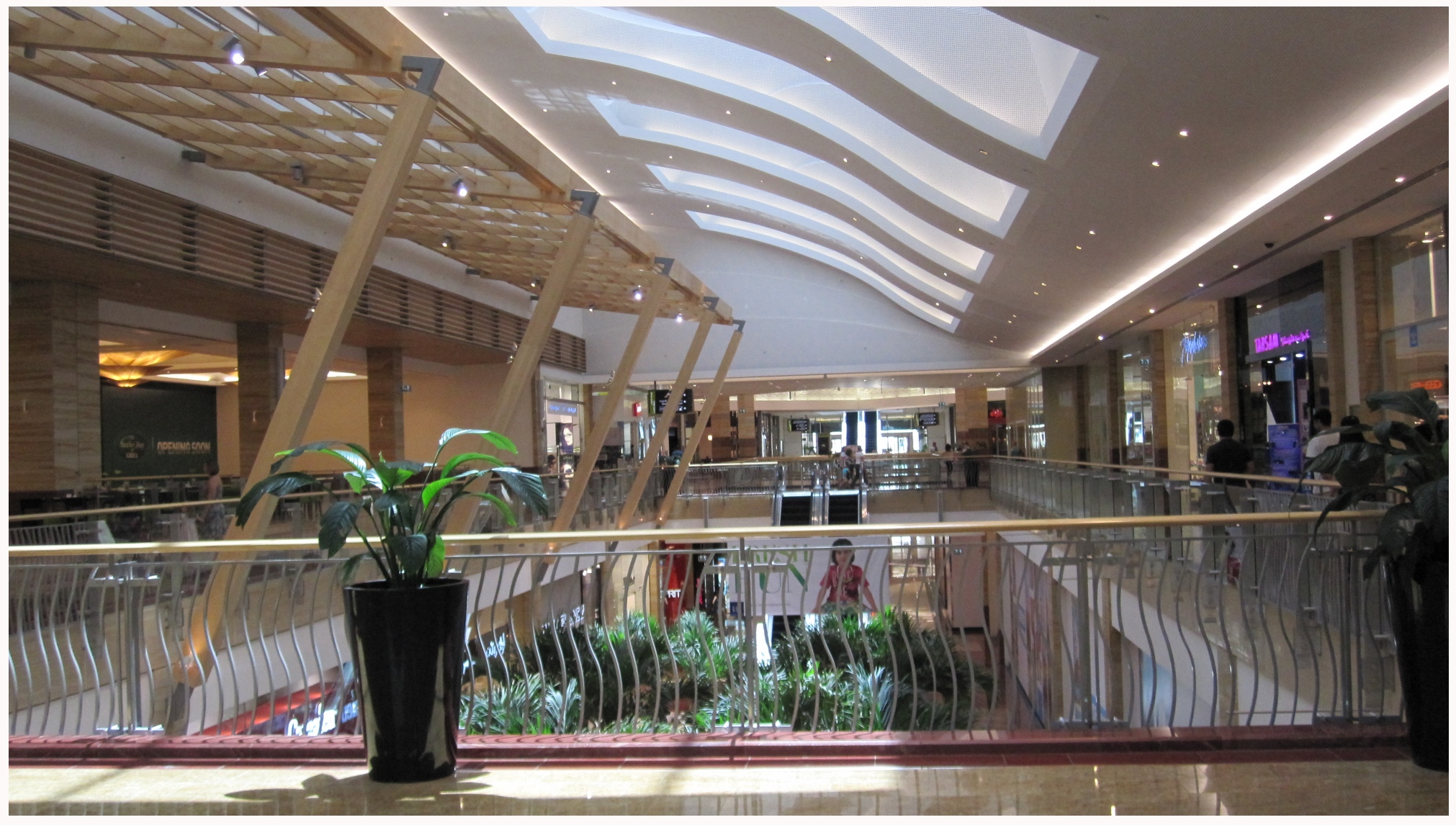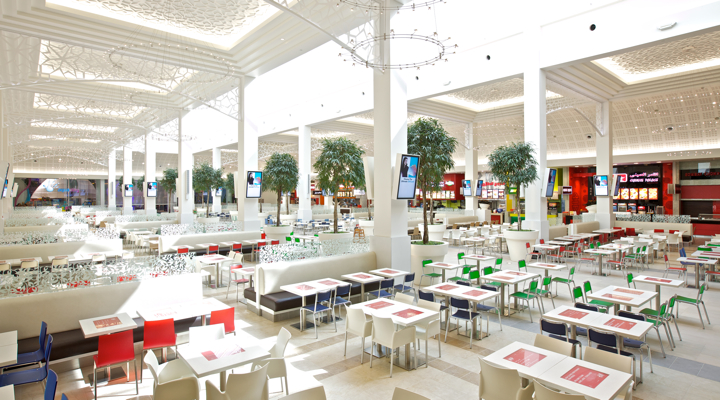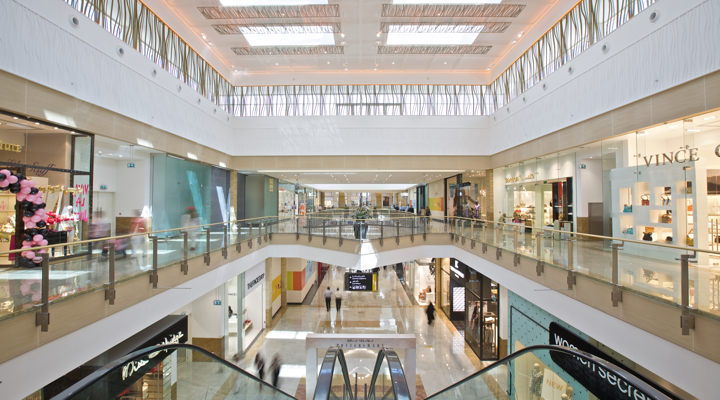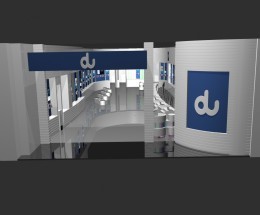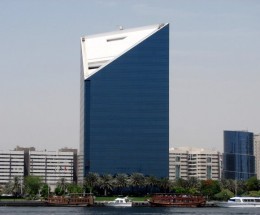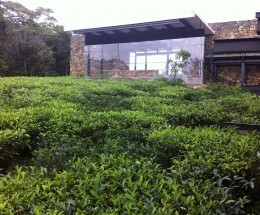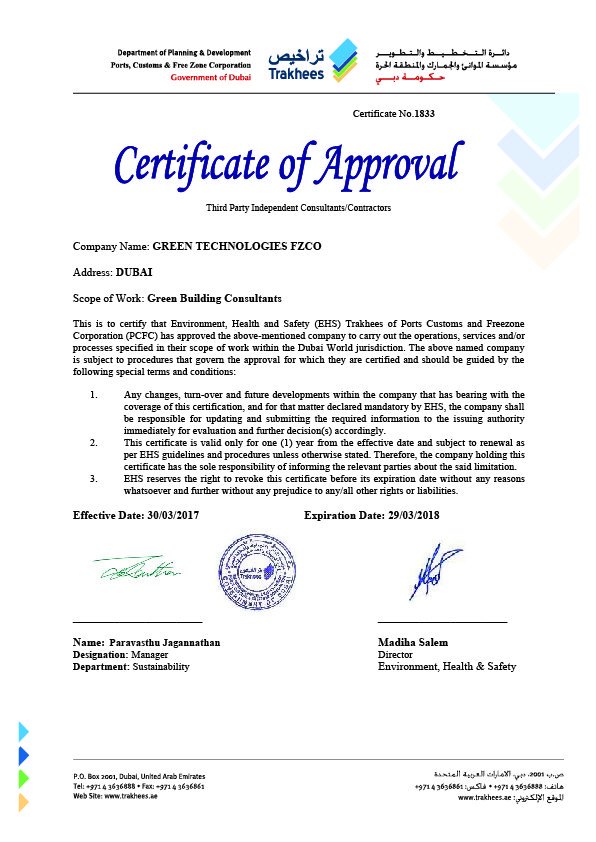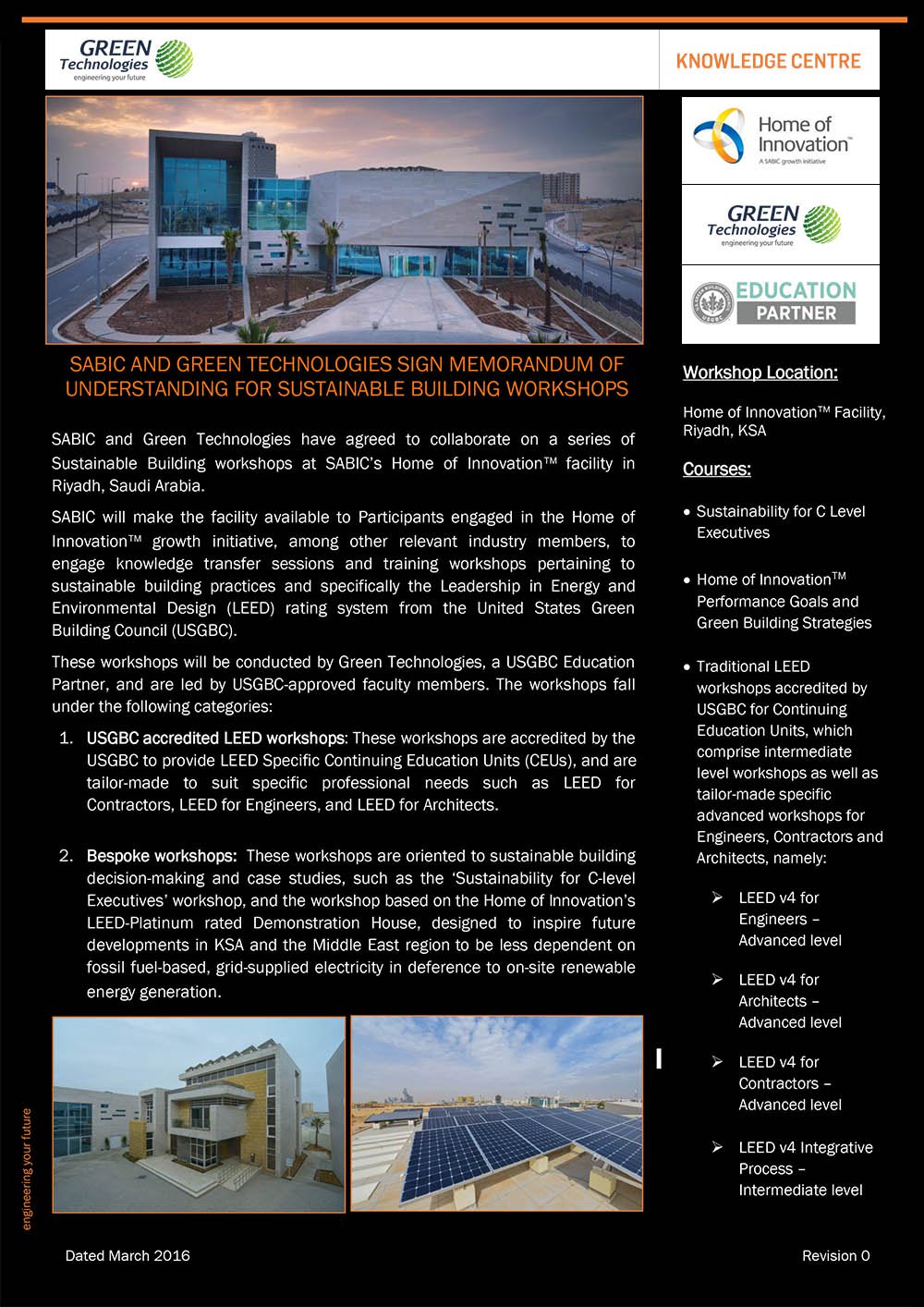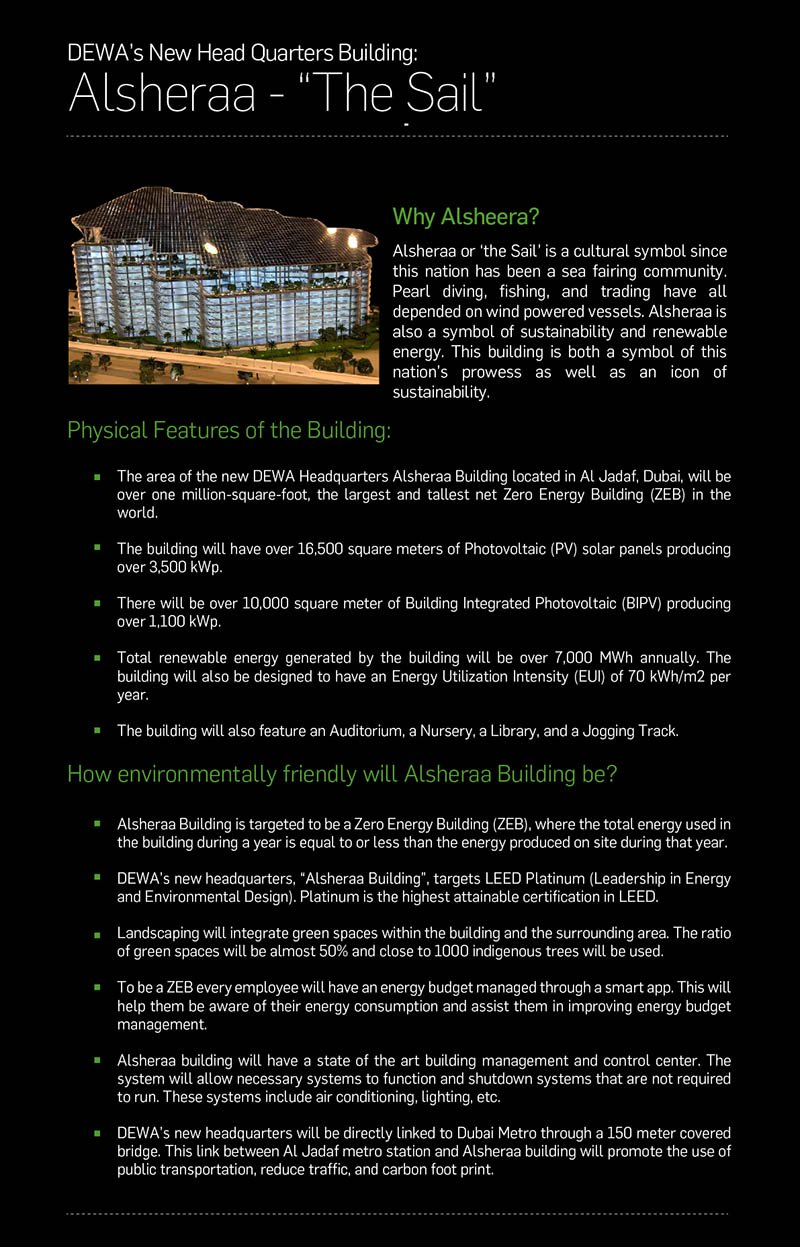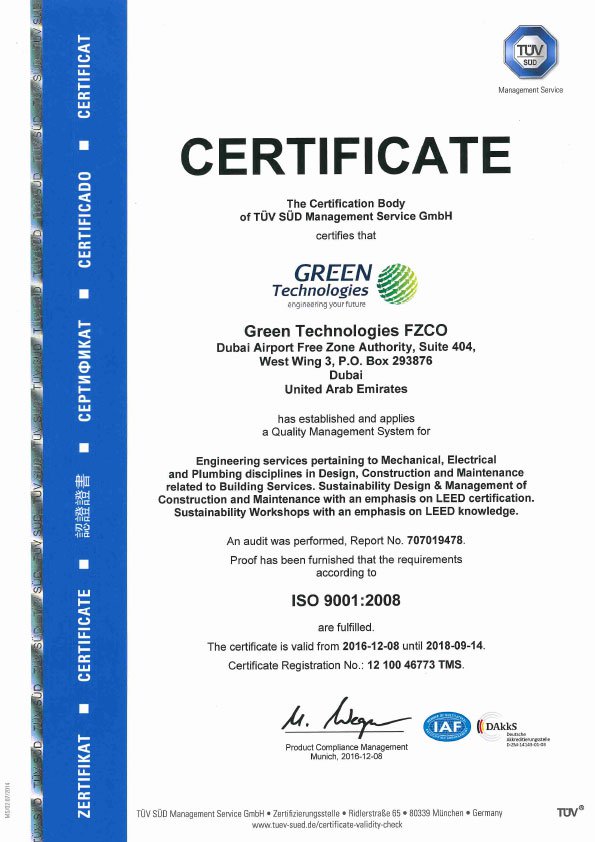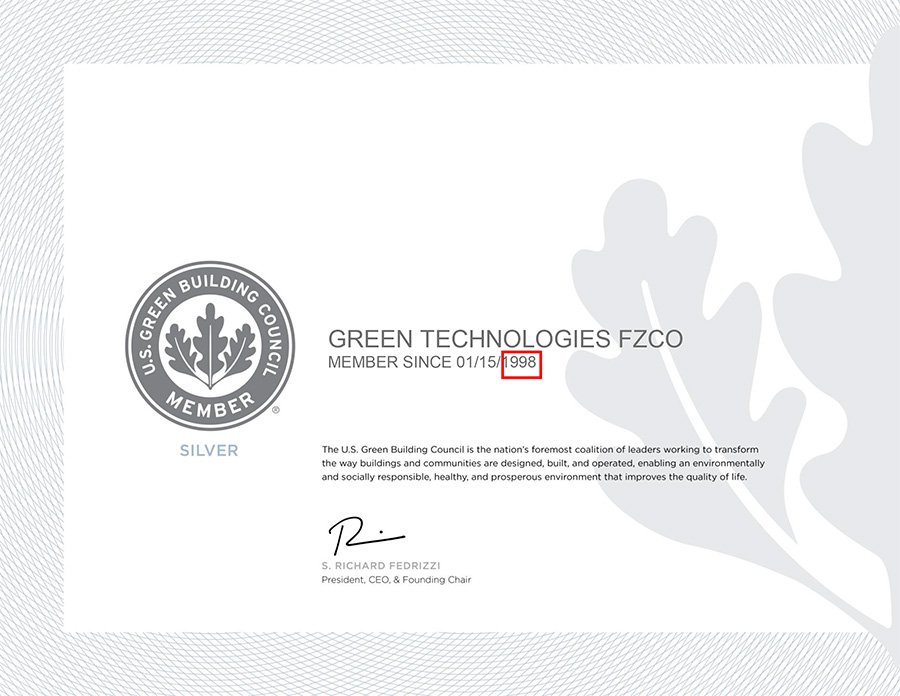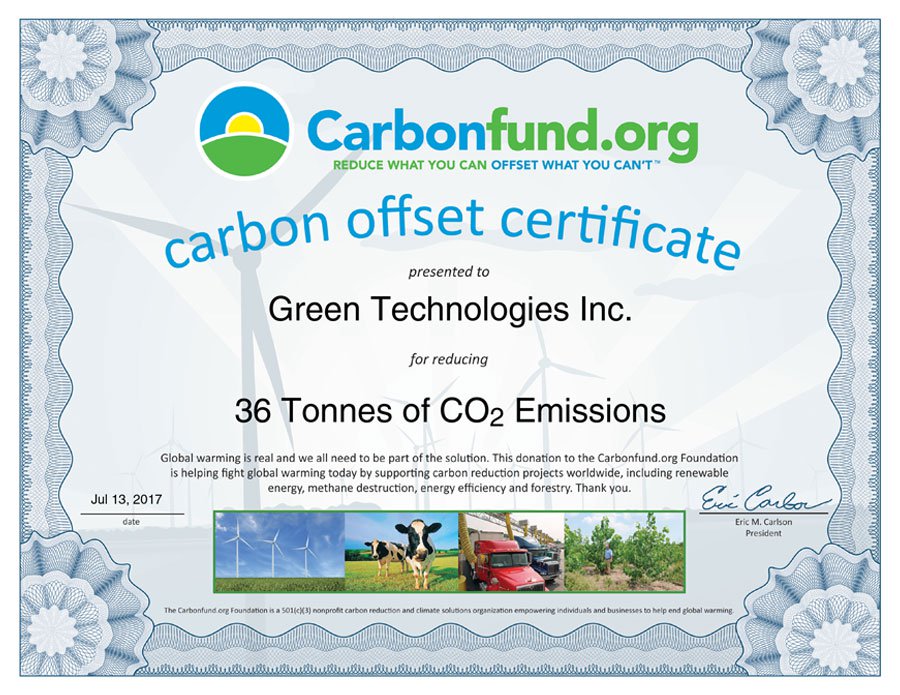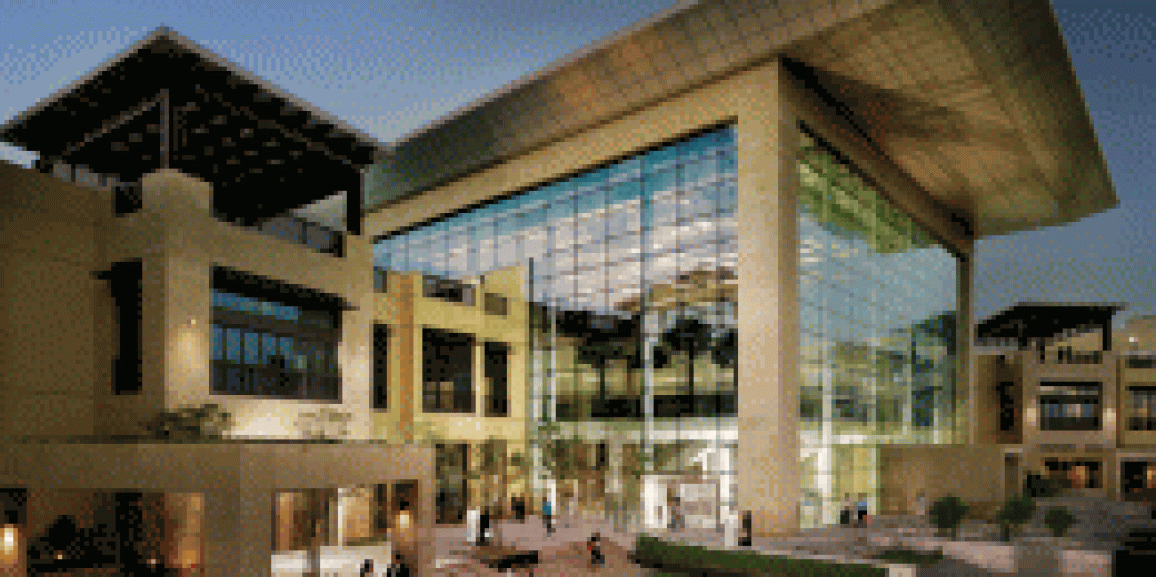

MIRDIF CITY CENTRE, Dubai, United Arab Emirates
MAF Shopping Malls LLC, in keeping with their commitment to sustainability, has implemented sustainable Architecture and Engineering for their new shopping mall at Mirdif. Following a workshop with the design team on Sustainability at the beginning of the project, MAF commissioned WSP – Green Technologies (WSP – GT) Sustainability Consultants to obtain a LEED rating for the development. The Project has now been LEED Gold certified under the LEED for Core and Shell Version 2.0 Rating System administered by the U. S. Green Building Council.
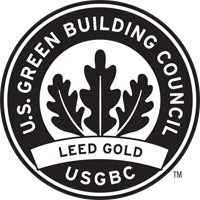
Project Team:
| Client: | MAF Shopping Malls LLC |
| Architects: | Holford Associates |
| Project Managers | MACE International Ltd |
| MEP Consultants: | WSP Middle East Ltd. |
| LEED Consultants: | WSP – Green Technologies Sustainability Consultants |
Project Features:
- Energy Savings of 17.6% as a minimum
- Potable water Savings in excess of 41%
- Use of renewable energy sources such as solar thermal
- Blackwater / graywater treatment to tertiary standards, for reuse
- Use of native / adapted plant species for landscaping
- 75% of Recycling of construction waste, to divert it from landfill
- Use of environmentally friendly interior materials such as paints, adhesives and sealants
- Use of environmentally friendly, biodegradable cleaning chemicals in the entire project
Read More
Description:
The entire project has been facilitated on the basis of a sustainable development. The following are macro level sustainable goals which have been achieved for the entire project.
- Energy savings of 17.6%
- Water savings of 40%
- Superior IEQ for building occupants.
- Thermal comfort – maintain indoor temperature in the range of 24+2 0C and RH between 50% 60%.
- CO2 monitoring and control for air quality improvements.
- Use of low emitting materials.
- Use of FSC Certified Wood.
- Integration of buildings with the site ecology.
- Use of environmentally friendly cleaning chemicals in the entire project, which in turn provides cleaner environment for the building occupants.
- Use of environmentally friendly interior materials such as paints, adhesives, sealants, carpet and interior furniture.
- Recycling of construction waste to avoid it from landfills.
- Waste recycling during occupancy.
- Use of recycled/recyclable products in the building construction.
- Use of regional material in the building construction.
- Promotion of alternative transportation; provision of bicycle storage and shuttle services to public transportation.
- Establish a Green Corporate image.
- Imbibe best operating practices from day-one.

